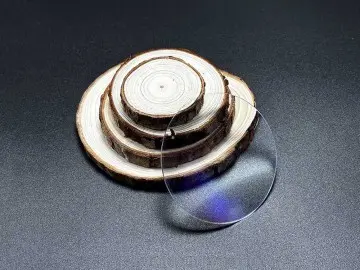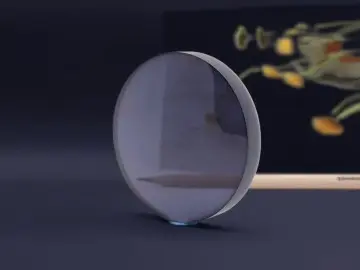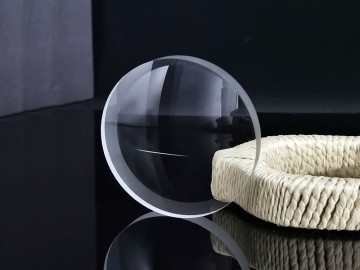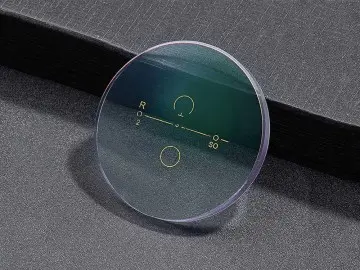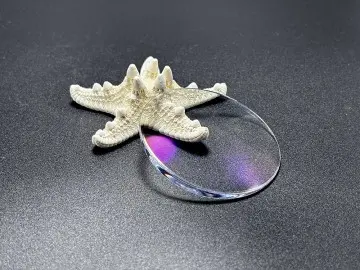1.56 Single Vision Lens HMC
Key Details
Material |
Resin |
Index |
1.56 |
Abbe Value |
38 |
Specific Gravity |
1.28 |
Diameter |
70mm 65mm |
Transmission |
99% |
Power Range |
0.00~-8.00/0.00~-6.00 & +0.25~+6.00/0.00~-6.00 |
Coating Choice |
Green Coating & Blue Coating |
Product Features
① Good Optical Clarity: A refractive index of 1.56 provides good optical clarity and a relatively high Abbe value, which means less chromatic aberration (color fringing) compared to lenses with a higher refractive index.
② Hard Multi Coating: the hard coating layer enhances the scratch resistance of the lens, making it more durable and prolonging its lifespan. The traditional AR coating reduces reflections from the lens surfaces, making the lens more transparent.
③ Cost-Effective: Lenses with 1.56 are usually more affordable than those with higher indices (1.60, 1.67, 1.74).

Definition of Lens Index
If you're choosing eyewear for the first time, you may have come across terms like “lens index” and wondered what they mean. As we know, light travels at different speeds through different materials. The lens index, also known as the refractive index, is defined as the ratio of the speed of light in a vacuum to the speed of light in the lens material. The formula is n = c / v, here n is the refractive index, c is the speed of light in a vacuum, and v refers to the speed of light in lens material. It is a numerical value that reveals how well the material bends light and will directly affects the thickness, weight and optical properties of the eyeglass lenses.
Under the same conditions, the higher the refractive index of a lens, the thinner and lighter the lens. However, a higher refractive index is not always better. In general, as the refractive index of a lens increases, the Abbe number decreases, making dispersion more noticeable.
Different Lens Indexes
Generally, the lens indexes for eyeglasses range from about 1.50 to 1.74, with some high-index glass options going even higher. Different index numbers represent different lens thicknesses.
Lens Indexes Chart
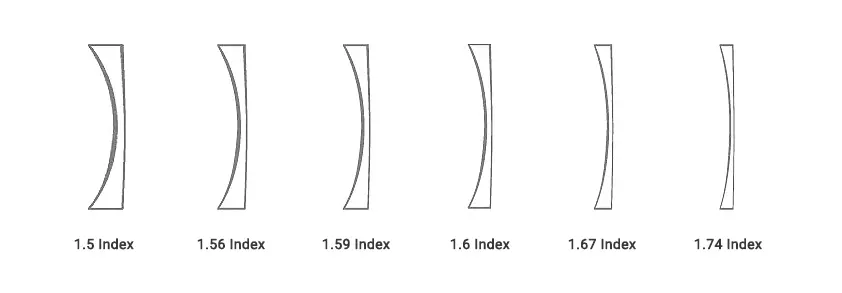
1.50 Index Lens - Standard Index Lens (CR-39)
This is the most basic and affordable plastic lens. It is suitable for low prescriptions, but may be thicker at higher degrees.
1.56 Index Lens – Mid-Index Lens
It is thinner (about 15% thinner than 1.50 lens) and lighter than 1.50 standard lens. It is suitable for people with moderate prescriptions.
1.59 Index Lens – Polycarbonate lens
A 1.59 index lens is typically made with premium polycarbonate. Polycarbonate inherently blocks nearly 100 percent of harmful UV radiation, providing significant eye protection without additional coatings. Its strong impact resistance makes it a popular choice for children, safety glasses, and sports eyewear.
1.60 Index Lens - High-Index Lens
Almost 20% thinner than 1.50 lens, it is ideal for moderate to higher prescriptions. The lens has thinner edges and reduced overall weight. Full or half-rimmed frames are recommended.
1.67 Index Lens – High-Index Lens
Up to 30% thinner than 1.50 lens. Ultra-thin for higher prescriptions.
1.74 Index Lens - Ultra High-Index Lens
It is the thinnest and lightest plastic lens available and is best suited for very high prescription.
Since plastic is recommended only till index 1.74, there are special lens index going up to 1.80 or even 1.90 which are available in glass material.

